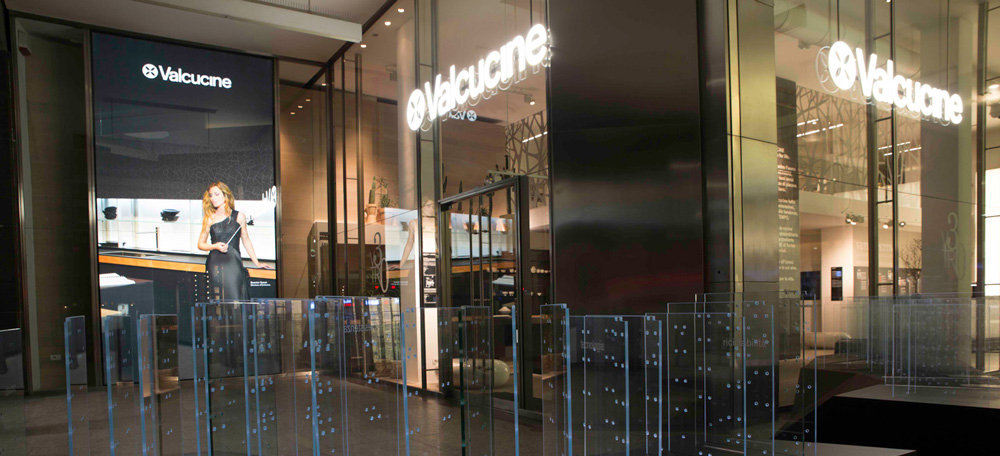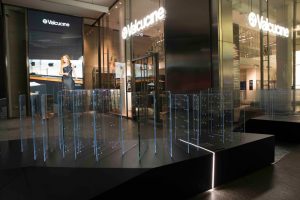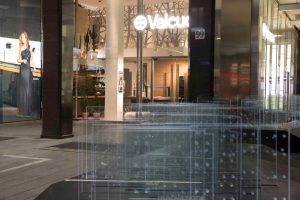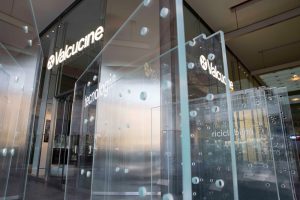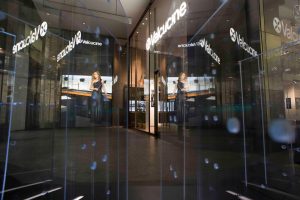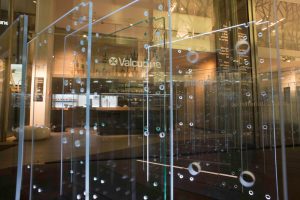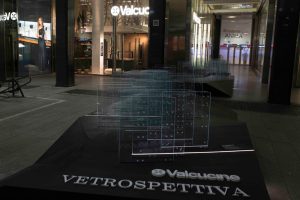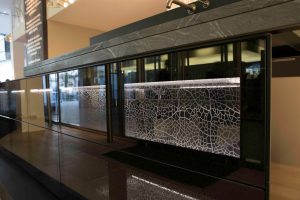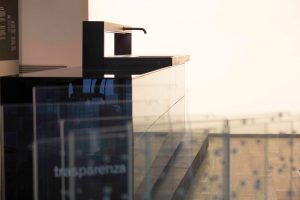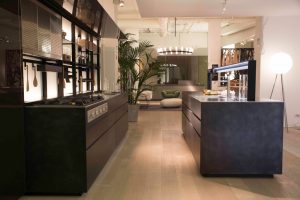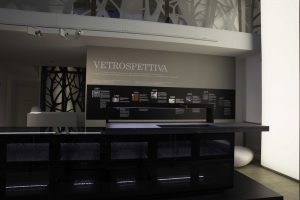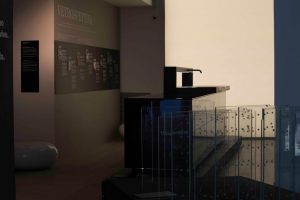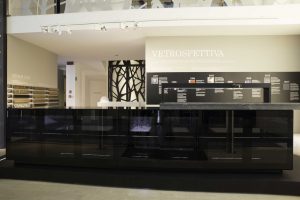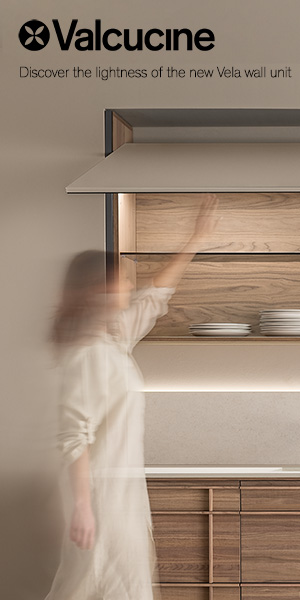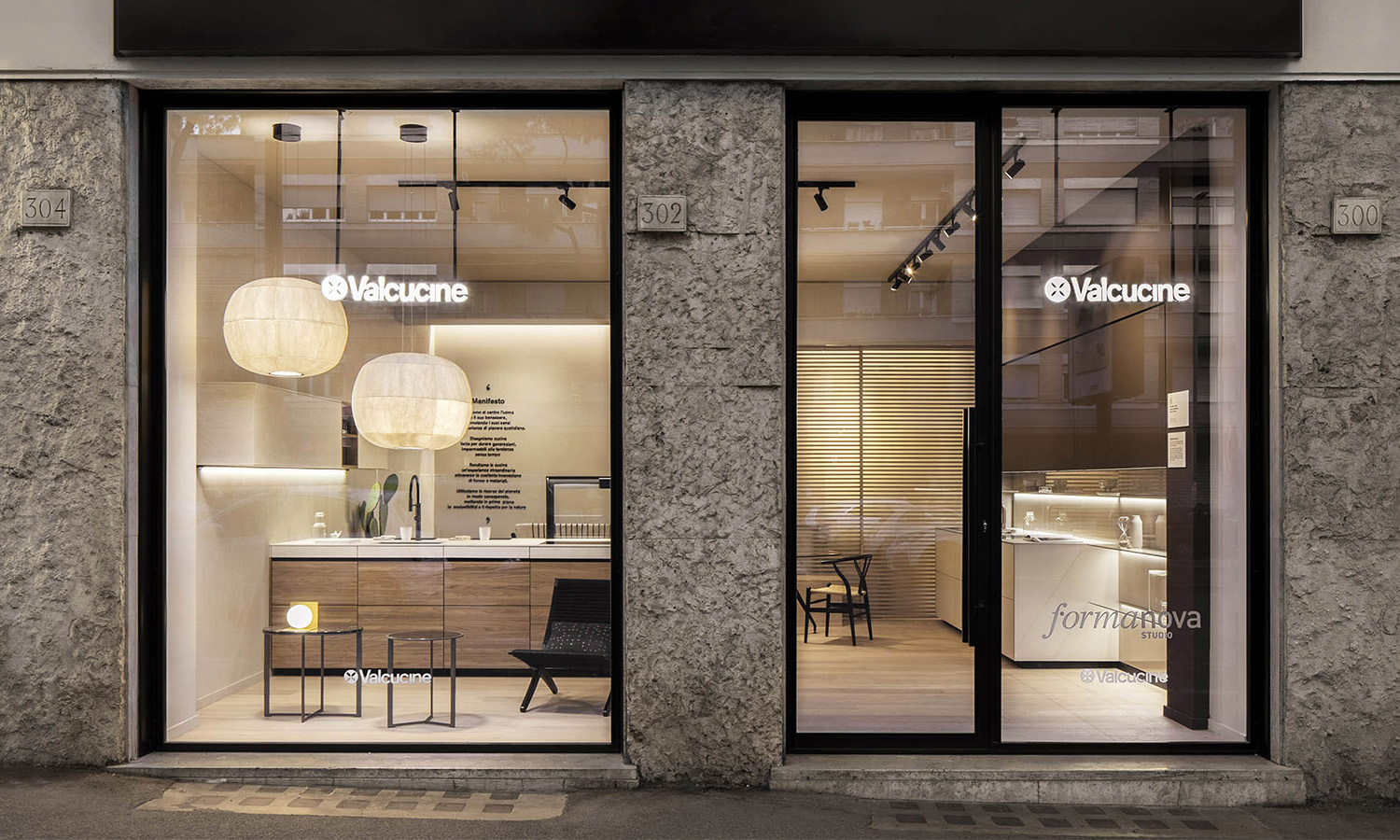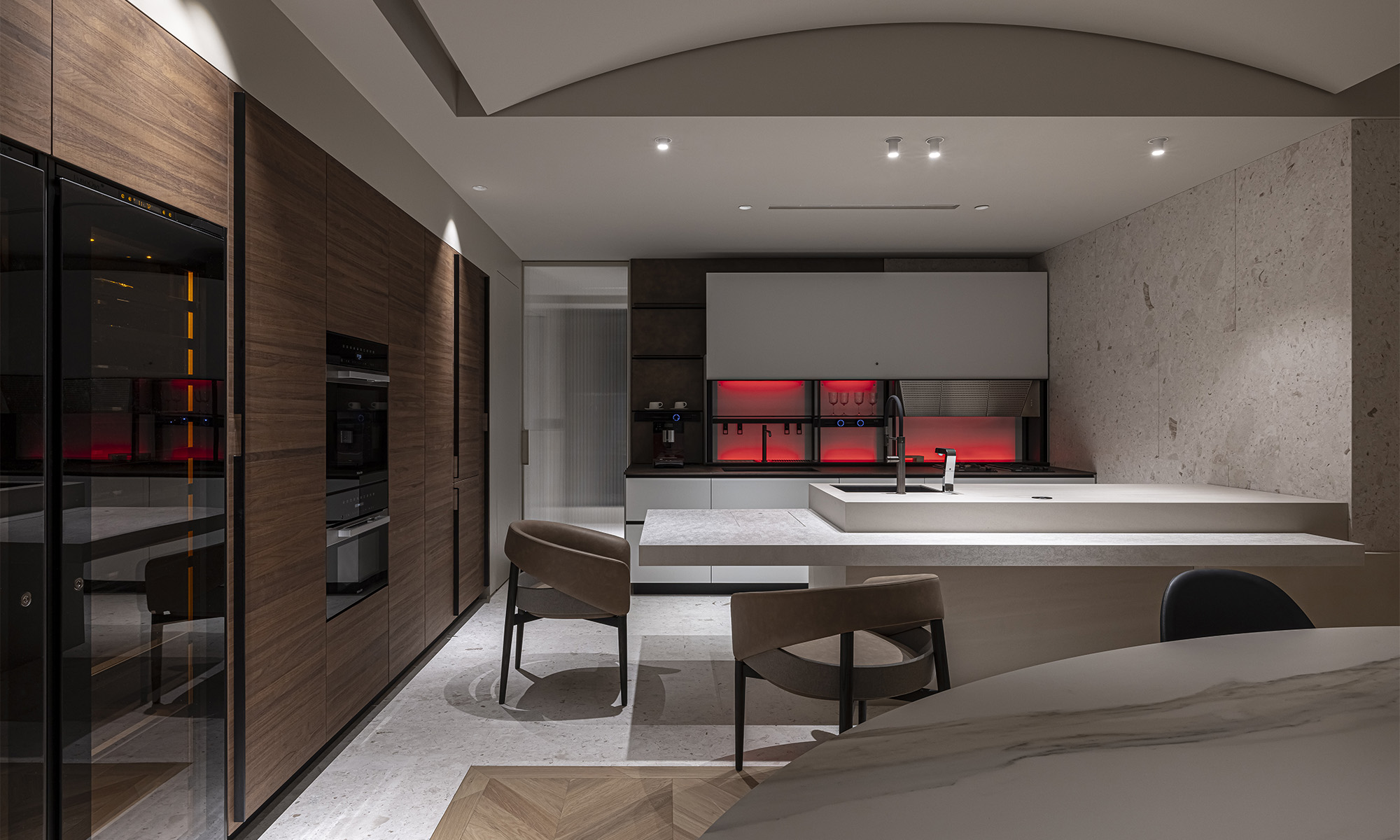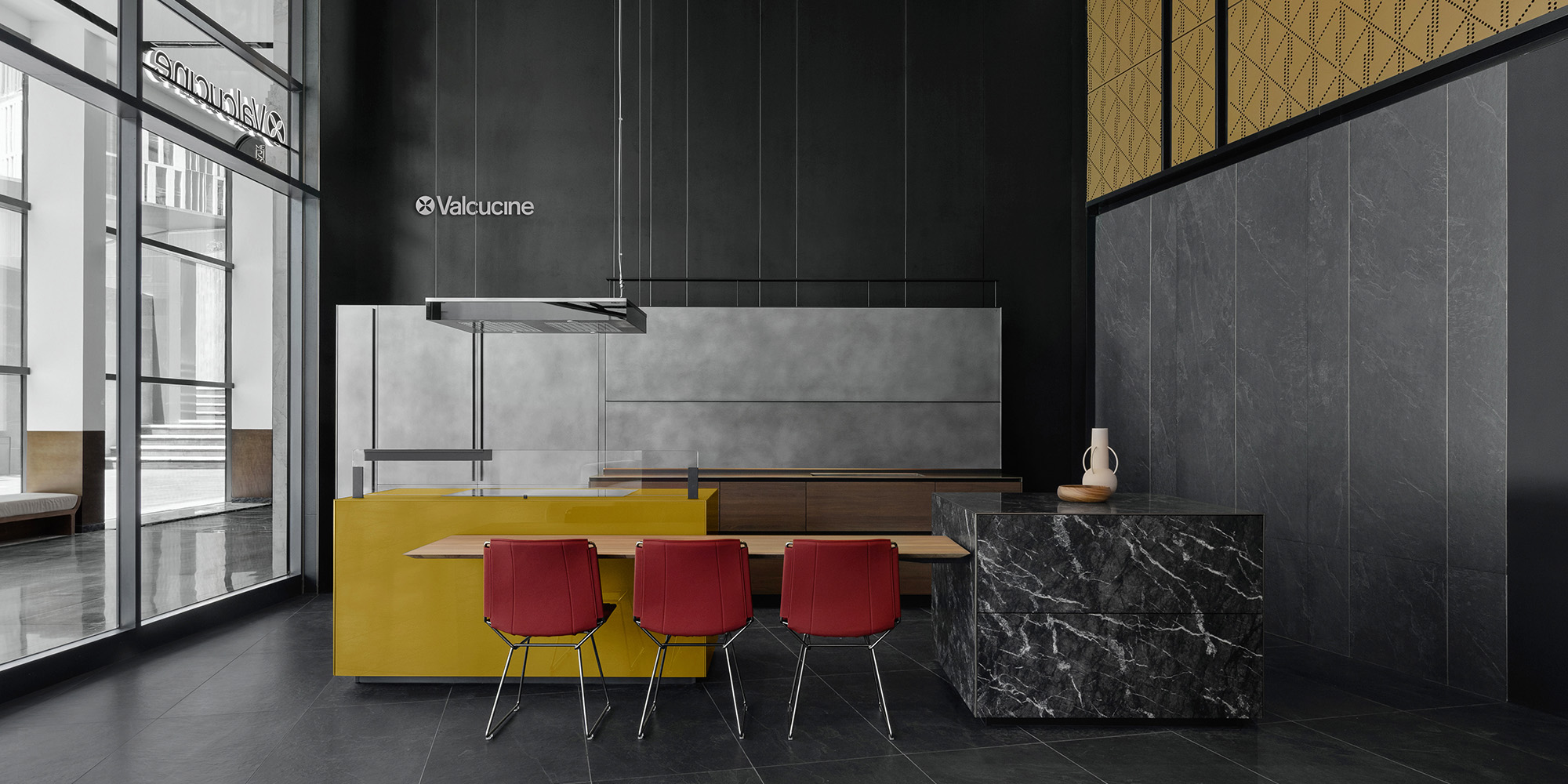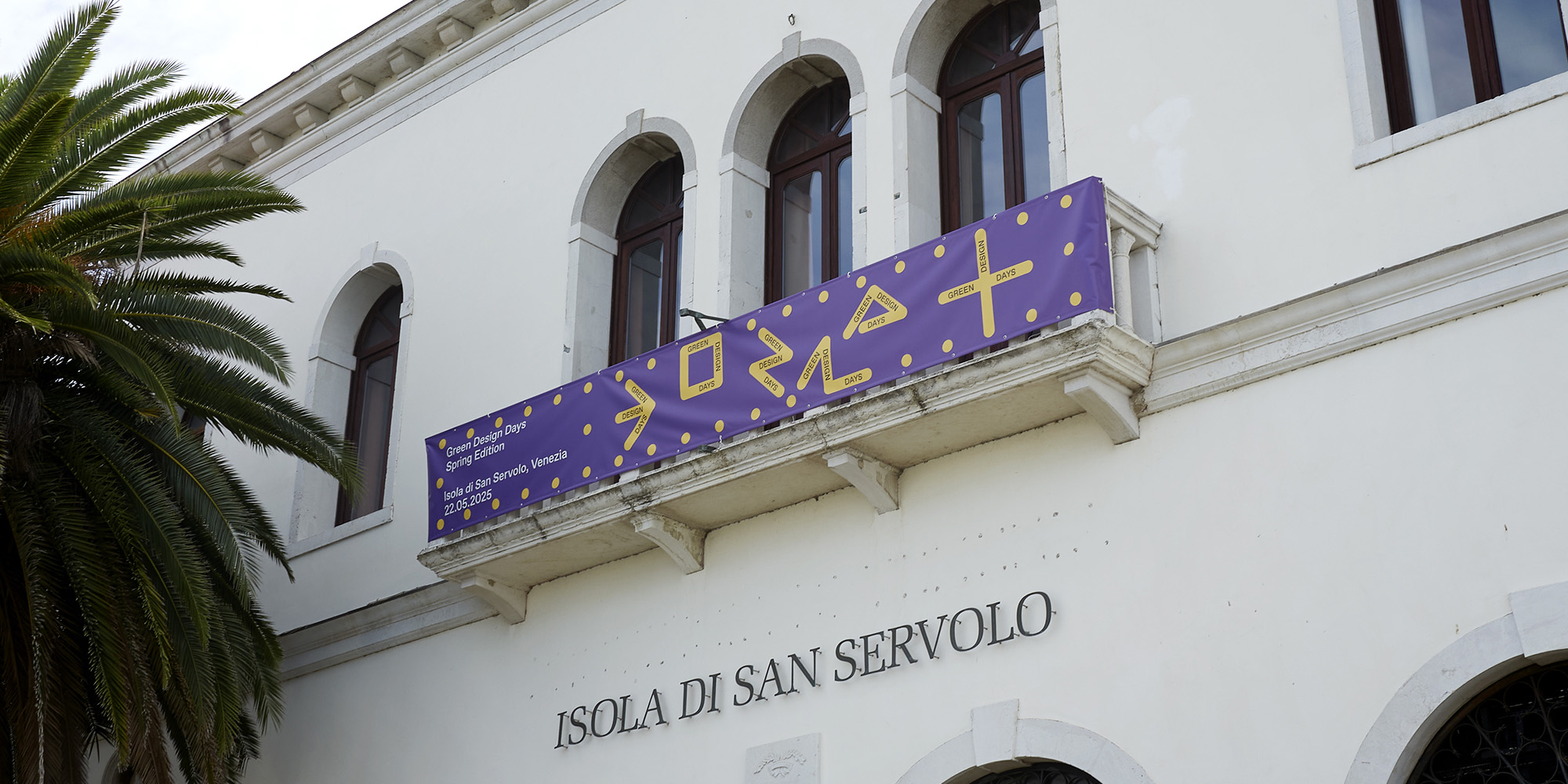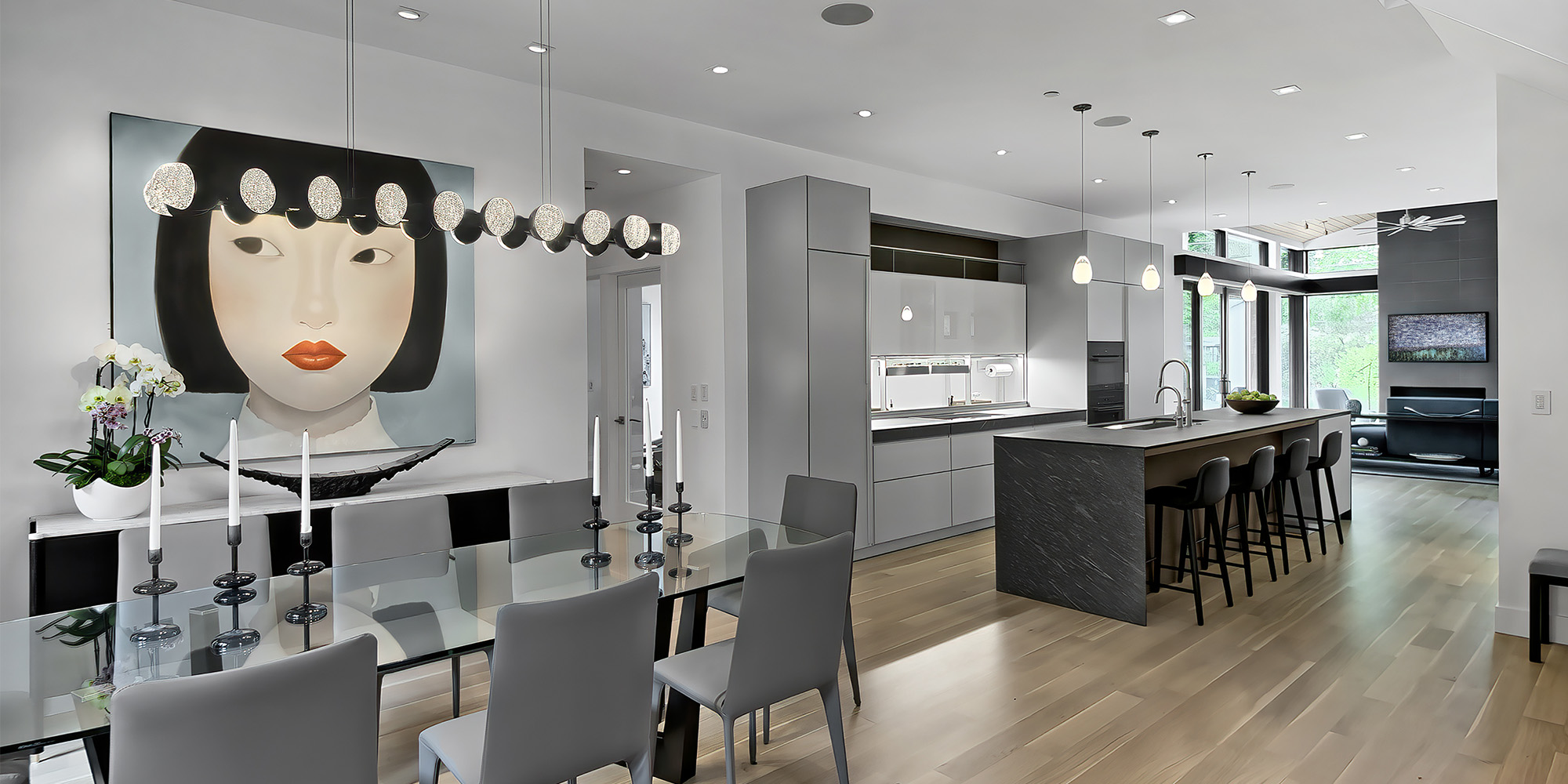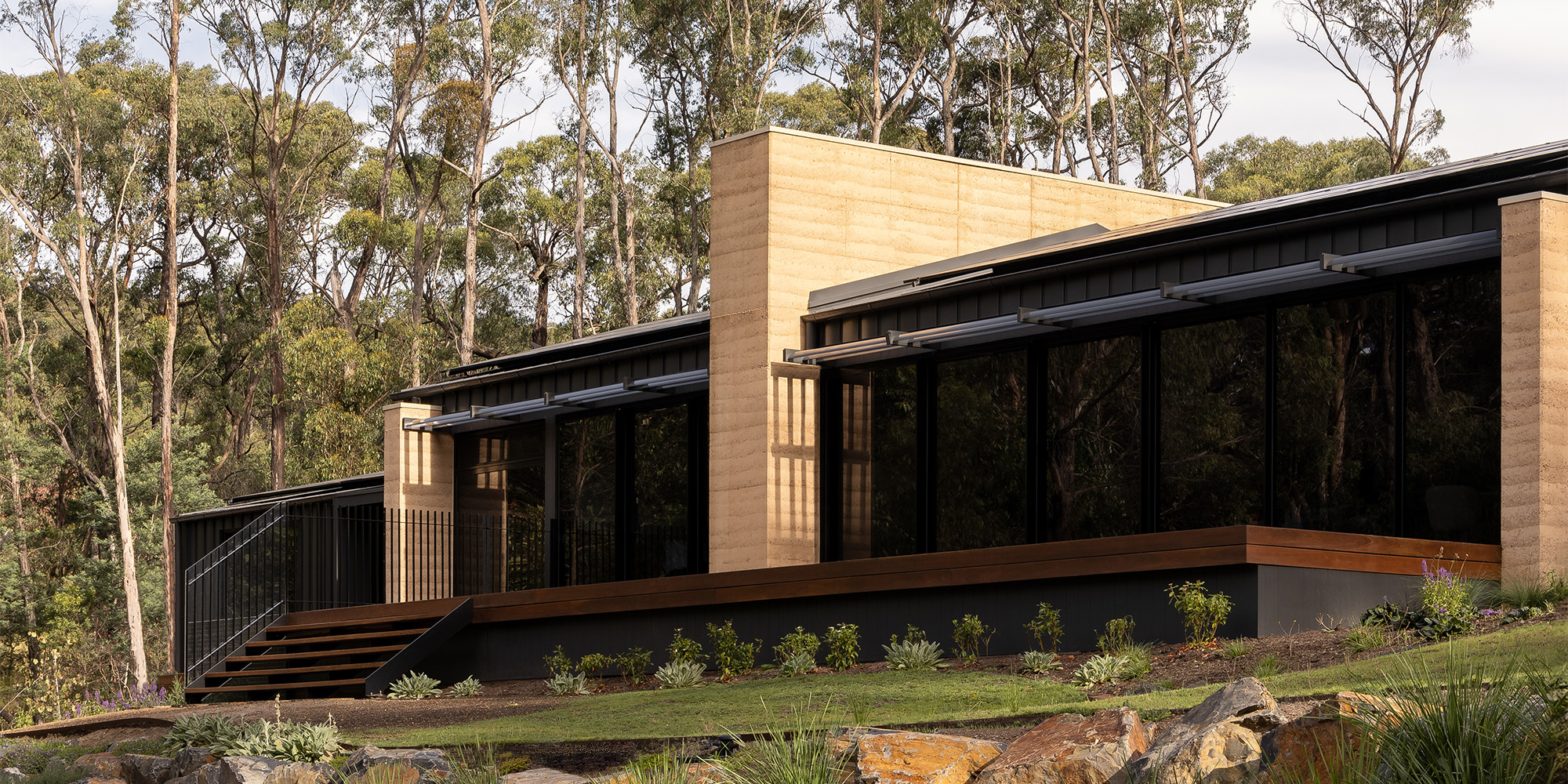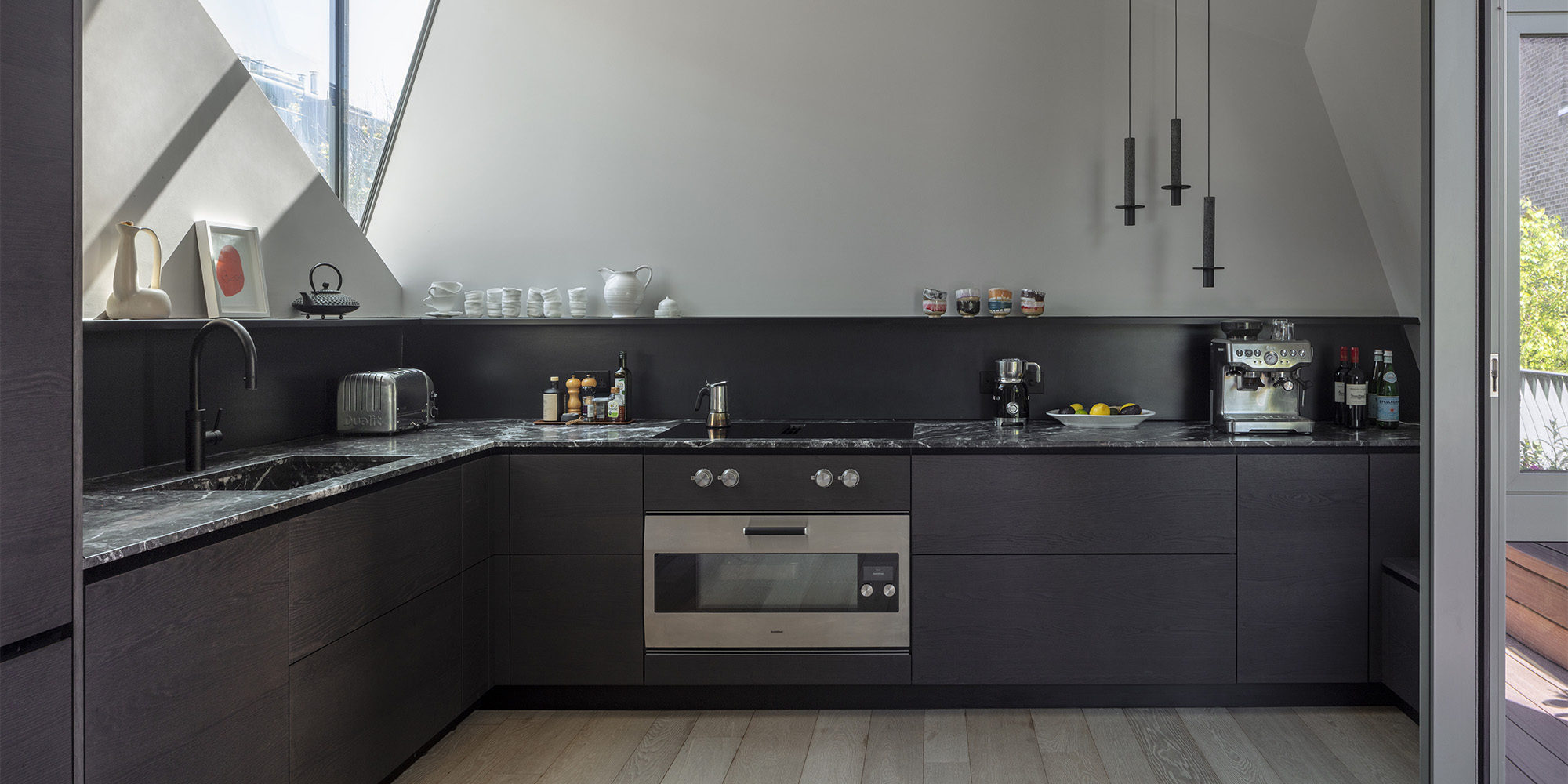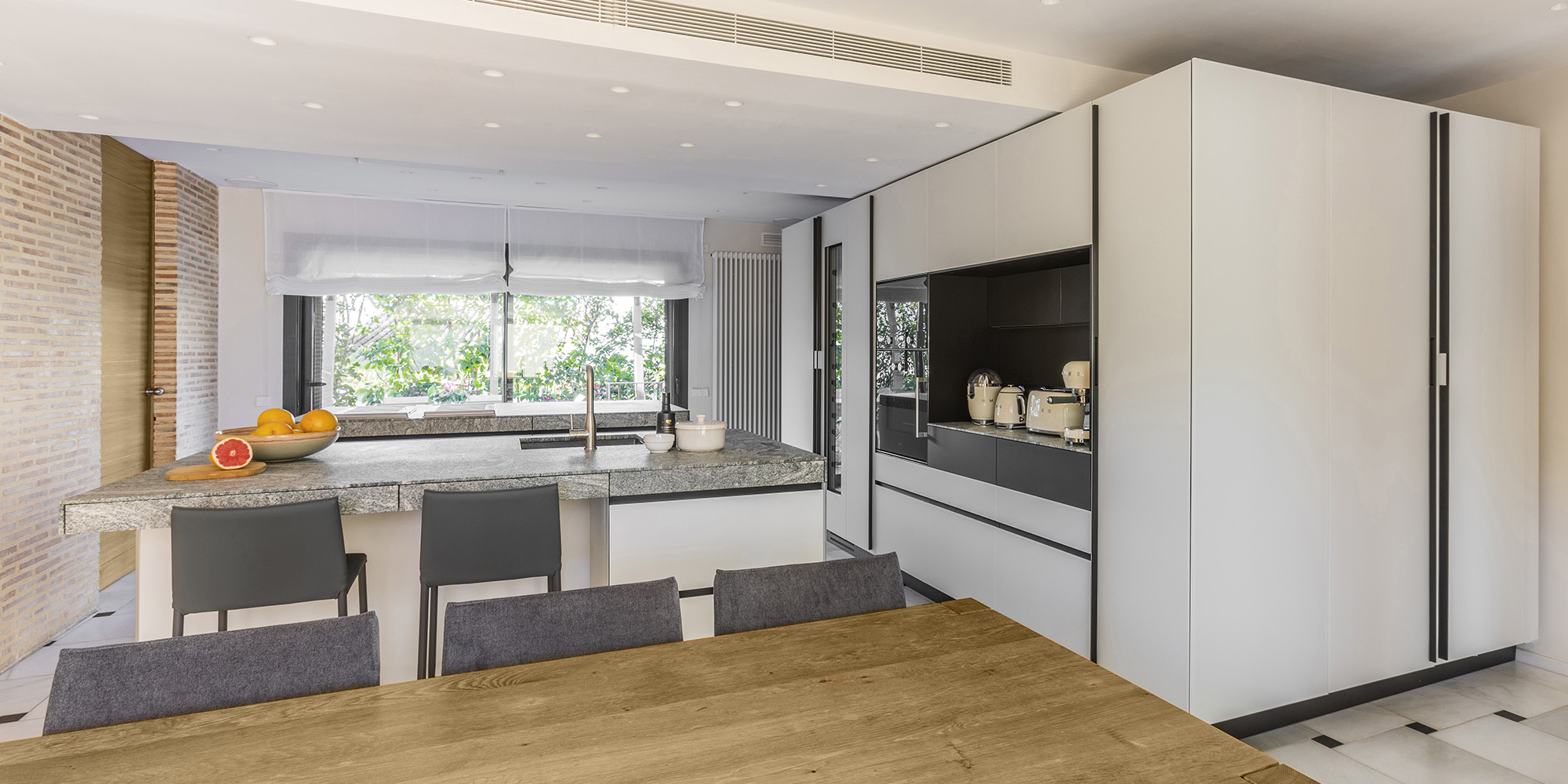1987-2017 Vetrospettiva
VETROSPETTIVA – n. f. [feminine noun/adj. [composed of vetro (glass) and lat. –spectivus i.e. from adjectives derived from verbs containing specĕre «to look» (e.g. inspectivus from inspicĕre, prospectivus from prospicĕre, etc.), as in the English word retrospective].
A neologism coined for the celebration of the 30-year anniversary of the first glass kitchen, to investigate the events that prefigured and lead to the introduction of the use of glass in the kitchen industry and that established the current conditions that allow glass to be the primary material employed to design and construct Valcucine's masterpieces.
“I have always thought of glass as a magical material that has been shrouded in mystery since it was first discovered three-thousand years ago. Eco-sustainable and resistant, glass reflects the same philosophy my design concept is based on, aimed at creating a feeling of well-being in the kitchen because it perfectly satisfies user requirements and manages to create a sensorial space - thanks to its textures – that is first and foremost healthy to live in” relates Gabriele Centazzo, Valcucine's designer.
Thanks to an intuition, Valcucine introduced the use of glass in the kitchen in 1987, recognising its value in terms of functionality and aesthetics. Pure and precious, glass conveys an endless array of sensations: gloss glass amplifies spaces, matt glass has a soft and refined appeal, tactile glass boasts designs that “vibrate” at the touch of a hand, textile glass simulates the soft feel of fabrics.
Valcucine is celebrating this anniversary in its boutique in Brera, presenting a retrospective of glass, portraying Valcucine's pioneering spirit and eco-sustainable vision, always ahead of the times and of the changing requirements of kitchen users, causing a modification of the paradigm throughout the sector, both from a stylistic and from a constructive viewpoint, introducing the “glass is more” principle.
A special version of Artematica Invitrum will be showcased: the kitchen made of 100% glass and aluminium becomes a transparent concept and challenges the laws of statics by supporting a stone sink weighing over 200 kg that is reminiscent of ancient fountains. The tap is installed on a bridging framework above the sink making the water look as if it is flowing out of a suspended fountain: a stylistic choice that gives the kitchen a really light and airy appeal.
The installation at Fuorisalone is a sculptural, plastic project consists in a “backbone” that leads out of the boutique onto the road through 120 metres of glass, 106 Invitrum end panels, 800 metres of led lights strips and 8 beams of light that relate the various steps of the path walked by Valcucine.


